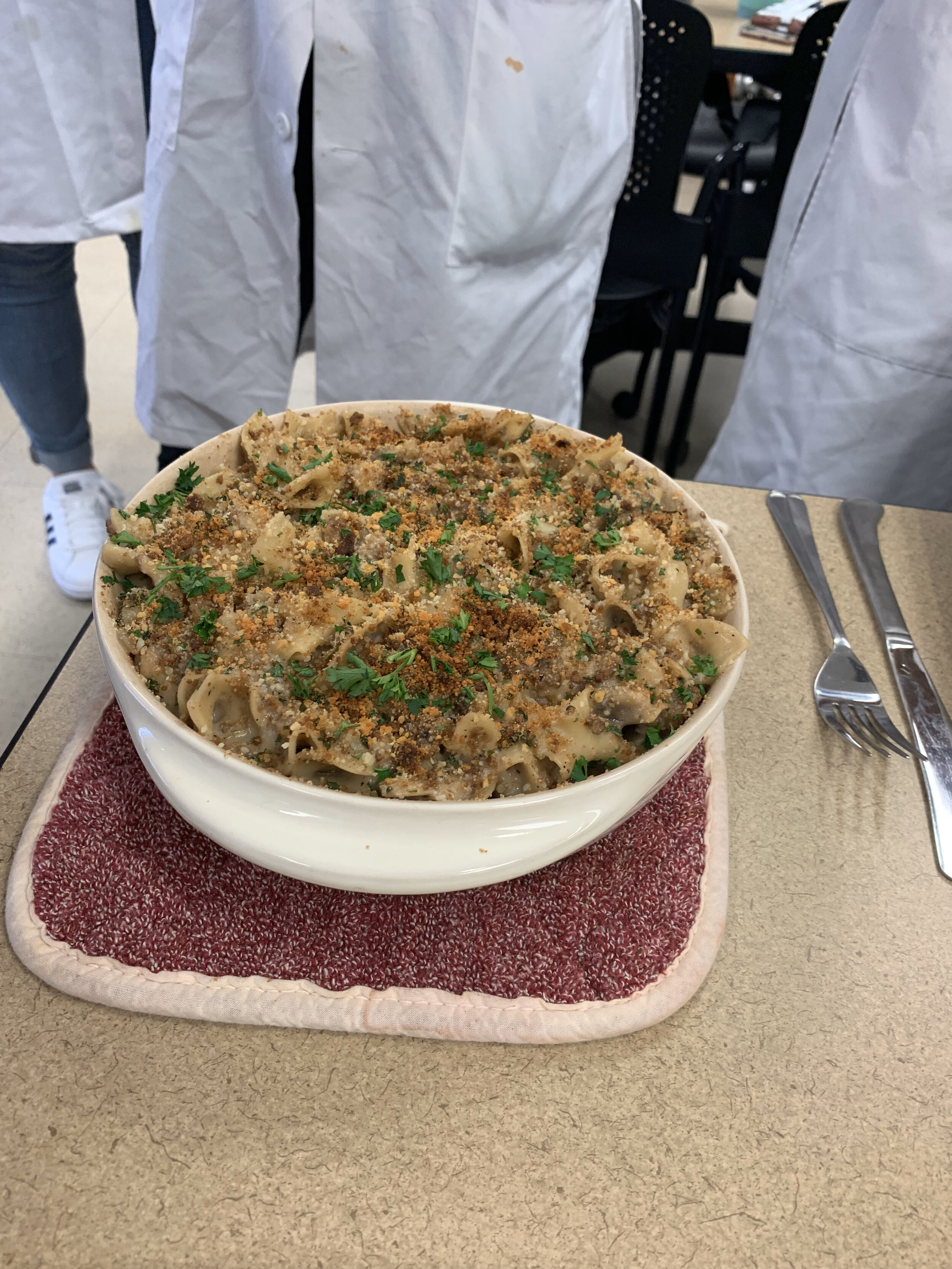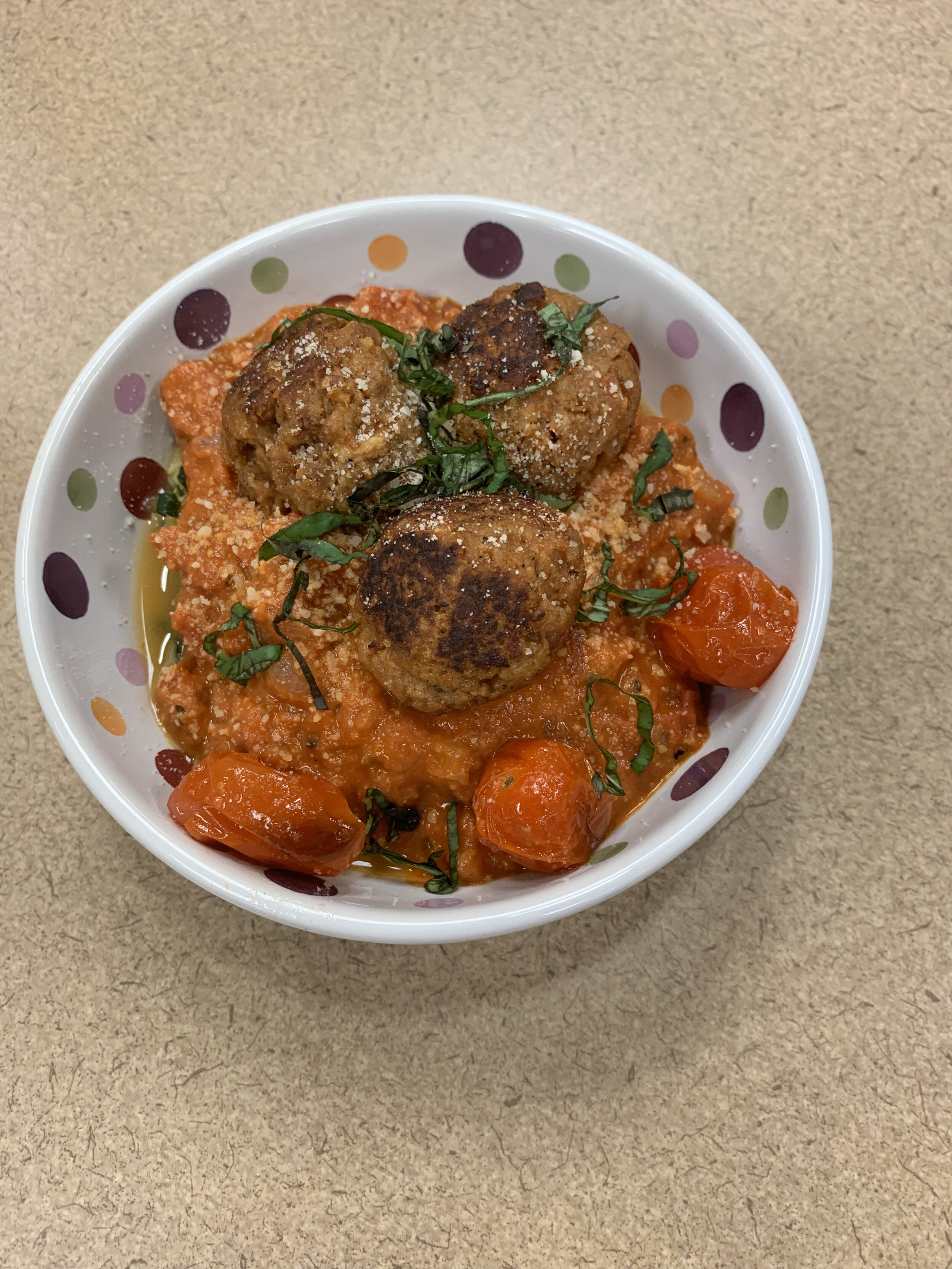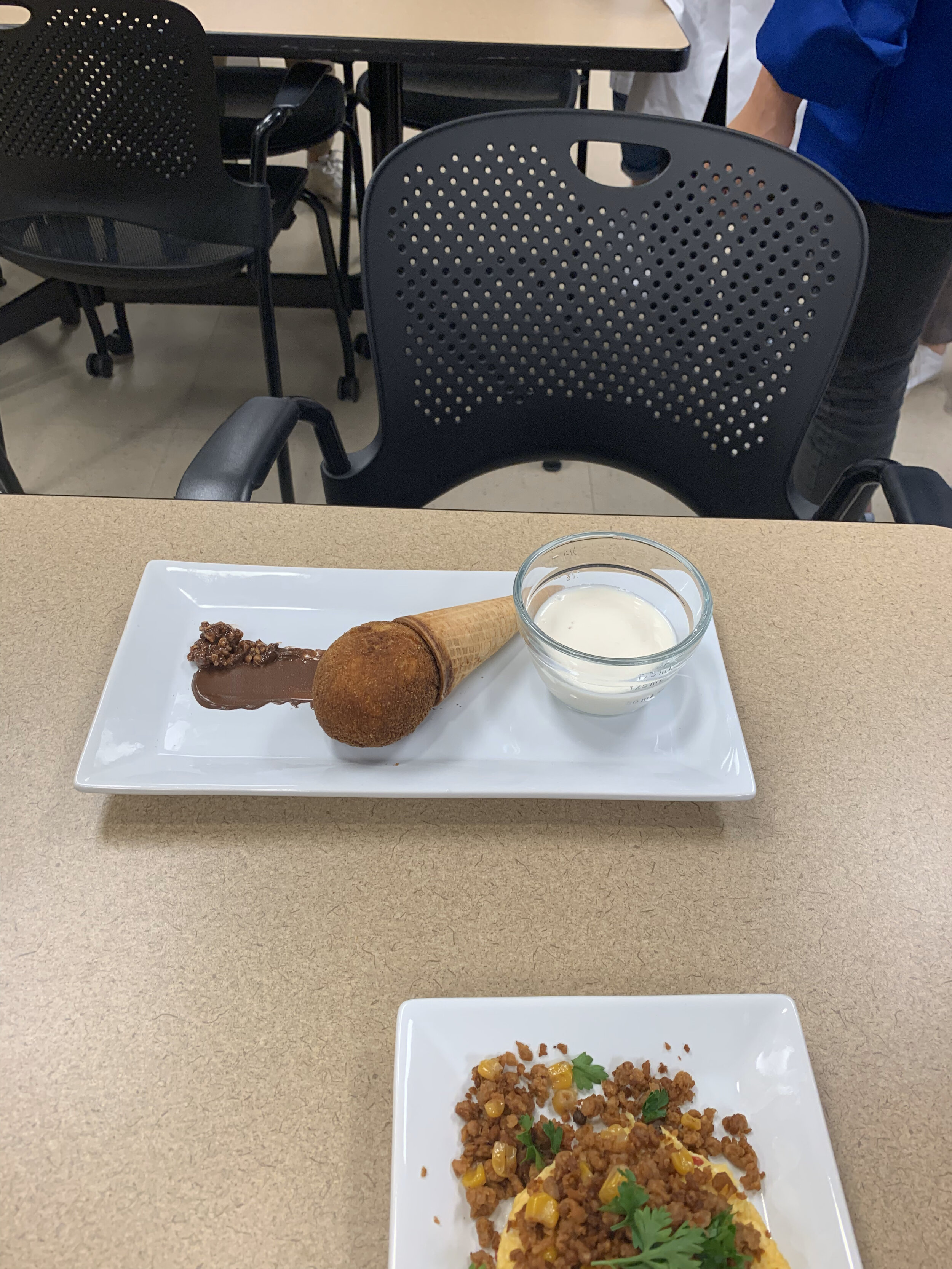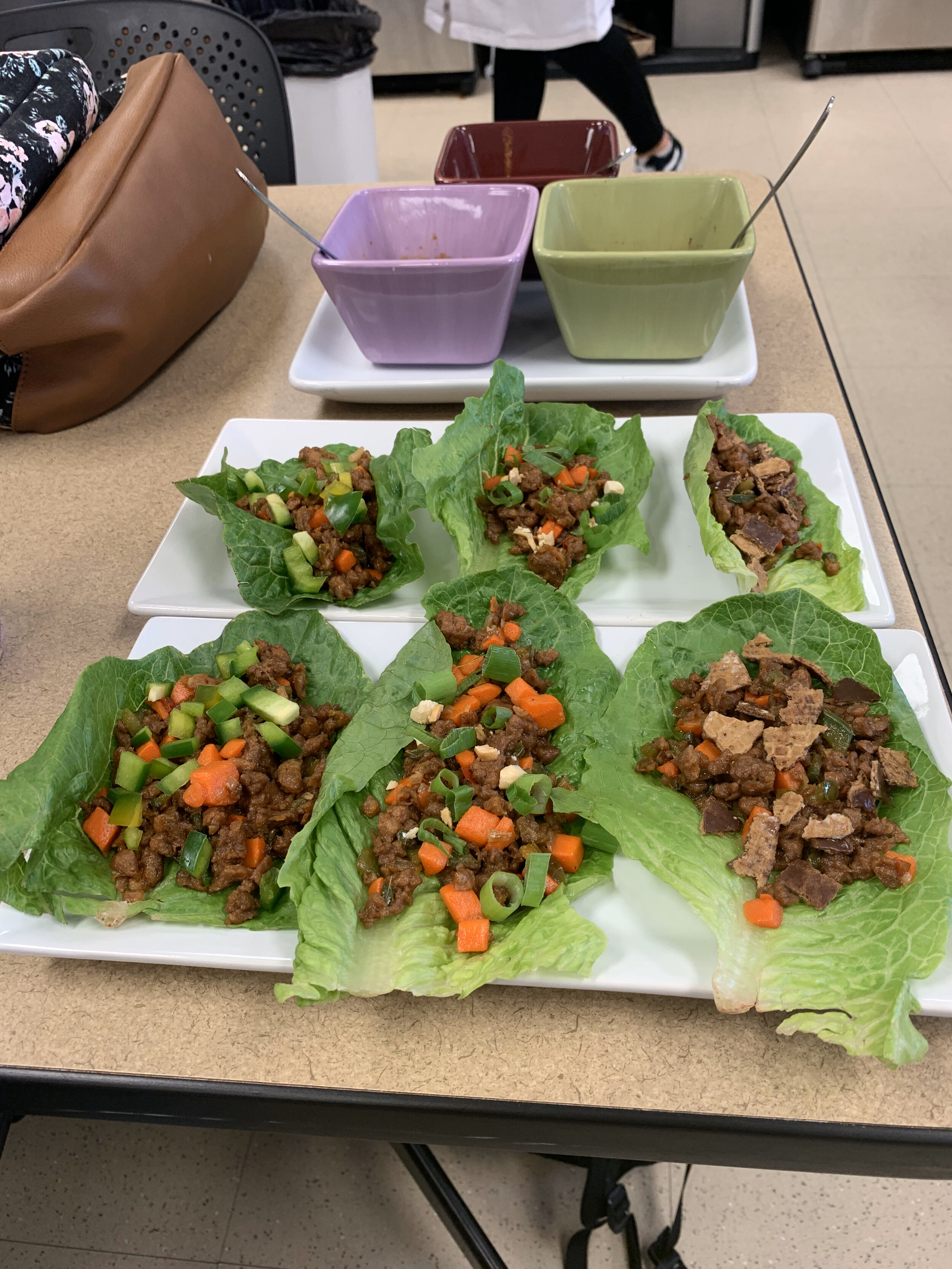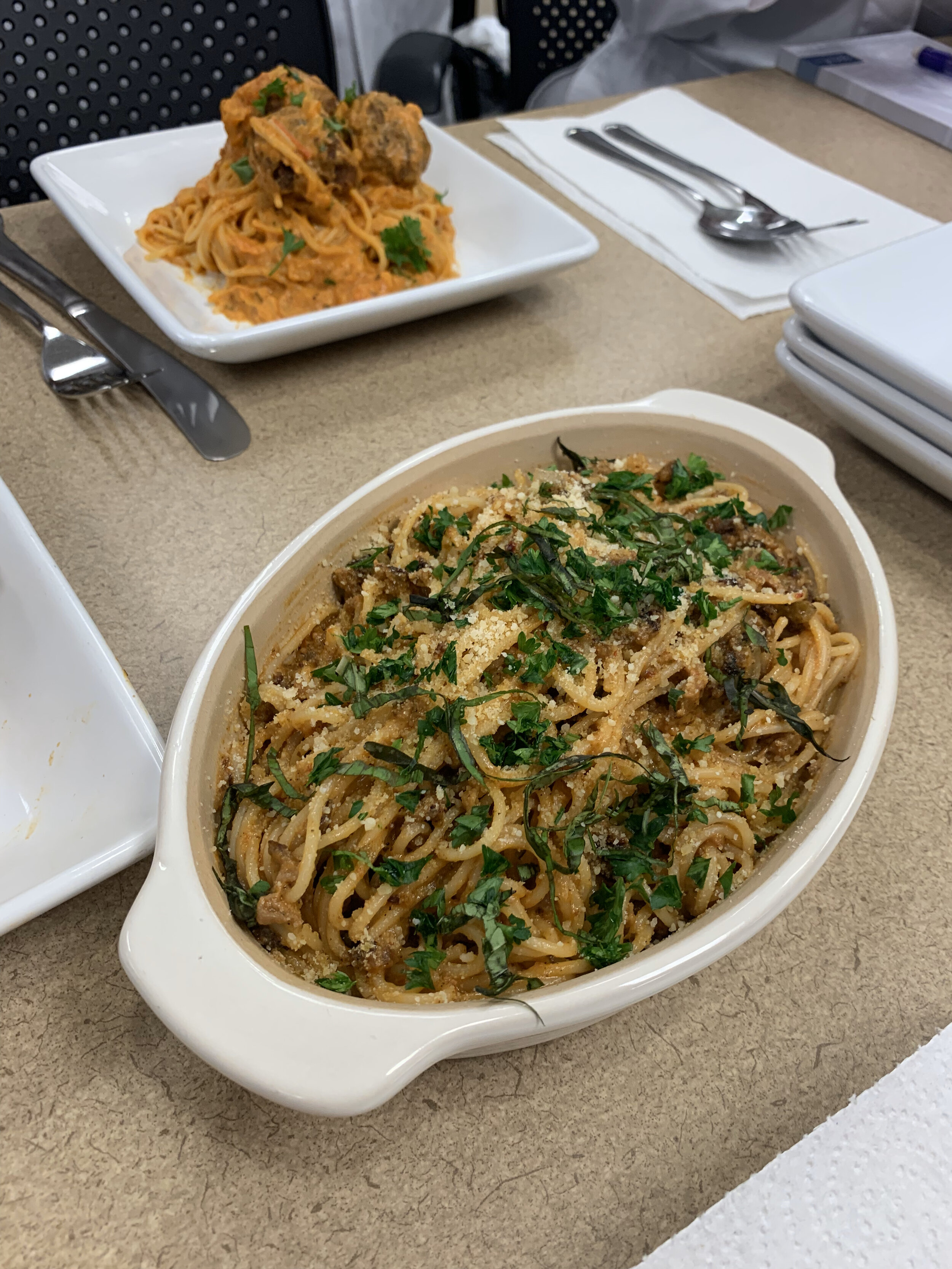Design Toolkit for STEM-Based Capstone Courses
In the fall semester of 2019, in collaboration with a food science instructor, I co-created a toolkit for integrating human-centered design into a STEM-based undergraduate capstone experience. While a food product development course served as the model for other STEM capstone courses, the HCD approach is not discipline-specific; the activities and assessments conducted in this course can be applied across disciplines.
Course
FSHN 466: Food Product Development
Collaborating Instructor
Dr. Dawn Bohn
Semesters
Fall 2019, Spring 2021
🌱 BACKGROUND
In the Spring of 2019, Dr. Bohn was interested in integrating human-centered design into her food science capstone course. I wrote a Provost’s Initiative on Teaching Advancement grant to fund our collaboration. The grant was funded with unanimous acceptance by the review committee. Funds were awarded to create and pilot a curricula toolkit for integrating human-centered design (HCD) theory and approach into a science, technology, engineering, and math (STEM)-based undergraduate capstone experience, with Dr. Bohn’s FSHN 466: Food Product Development course as the pilot course.
🛠️ CURRICULUM DEVELOPMENT
Over the Summer of 2019, Dr. Bohn and I, along with input from research and assessment specialist Dr. Saad Shehab, designed a series of activities and assignments to be implemented over 5 weeks focused on leading students through the understand, synthesize, and ideate spaces of the HCD process. After 5 weeks, teams would have a concept rooted in researched consumer needs for a novel food product that addressed their assigned technical challenge (e.g., “excellent source of plant-based protein”, “ketogenic-diet friendly”, etc.). The next 11 weeks would be spent prototyping and iterating on this concept through guided food science labs. By blending my experience in human-centered design with Dr. Bohn’s content area expertise and Dr. Shehab’s assessment tools, we co-designed a toolkit adaptable to many STEM capstone courses, with an opportunity to measure specifically whether integrating HCD activities improved the final student outcomes.
The Human-Centered Design Taxonomy from Lawrence, L., Shehab, S., Tissenbaum, M., Rui, T., & Hixon, T. (2021, April). Human-Centered Design Taxonomy: Case study application with novice, multidisciplinary designers. Poster Presented at the American Education Research Association Virtual Conference
🚀 IMPLEMENTATION & IMPACT
Toolkit Development
In Fall 2019, I played a crucial role in piloting the Human-Centered Design toolkit. While Dr. Bohn served as the primary student-facing facilitator to maintain instructor credibility, my expertise in HCD methodology was essential behind the scenes. I provided real-time guidance during classroom activities, coached the instructor and TAs on design principles, and helped adapt content when challenges arose. Additionally, I helped reflect on lessons and refine future sessions based on student needs in weekly planning meetings with the instructional team.
Iteration
The toolkit implementation yielded measurable improvements in student satisfaction and project quality. Assessment data demonstrated that the integration of HCD had a measurable impact on student learning outcomes related to human-centeredness, collaboration, metacognition, experimentation, creativity, and collaboration. Following this successful pilot, I assisted in adapting the toolkit for a hybrid virtual/in-person format in Spring 2020 during the COVID-19 pandemic, maintaining educational effectiveness despite challenging circumstances.
Publications
O’Bryan, L., Bohn, D., & Shehab, S. (2022). A Human-Centered Design Tool Kit for STEM-Based Capstone Courses. Journal of College Science Teaching, 51(6), 23–28.
Saadeddine Shehab, Dawn Bohn, Lucas O’Bryan, LuEttaMae Lawrence, & Michael Tissenbaum. (in press). Integrating Human-Centered Design into Undergraduate STEM Capstone Courses: A Food Product Development Case Study. Education Sciences.
